
A Beginner’s Guide to Bird-Watching
Embark on a birding adventure in your own backyard.

Watching birds is one of the most popular pastimes in the country. As it should be: Birds are everywhere, providing us with an incredibly diverse and accessible entryway into the whole natural world and asking only for a little attention on our part. While you can spot birds year-round, spring migration season—usually early spring to early summer—is peak birding time.
How to Get Started
Some birders are very serious, investing a lot of time and money into equipment and travel as they search for rare and unfamiliar species. But most bird-watchers are more casual in their approach, deriving a great deal of pleasure from the presence of birds with little to none of the hassle or expense. A few tools are useful: Binoculars and some sort of field guide are at the top of the list, but even those are not, strictly speaking, necessary to enjoy birds. Travel can bring you into contact with exciting new species and habitats, yet some of the most rewarding time you’ll spend watching birds comes from getting to know the inhabitants of your own yard and neighborhood.
If you’re just starting out, keep it simple. With just a few tools, you’ll be able to start finding birds and tune into the winged world all around you.
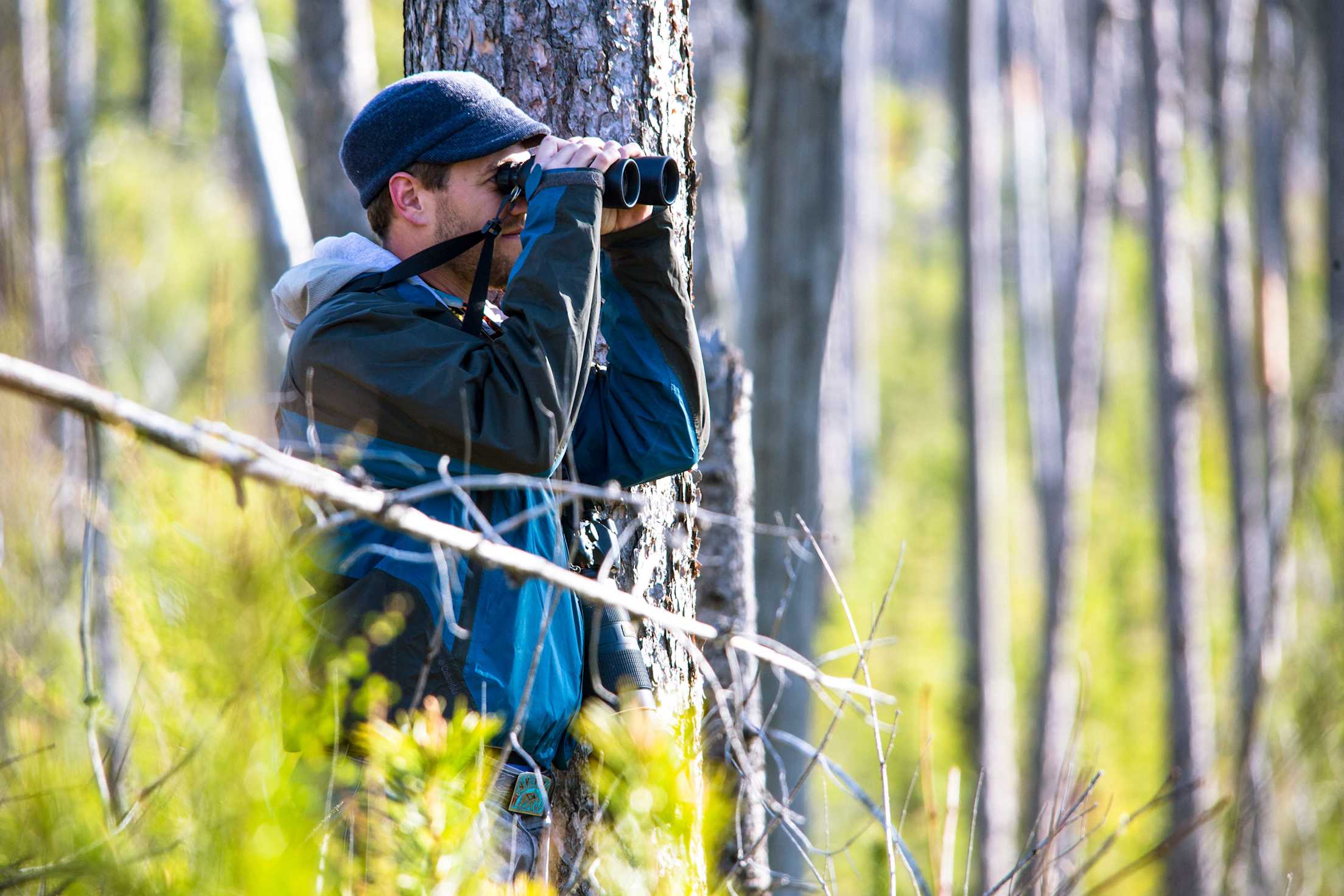
How to Choose Binoculars for Birding
If bird-watchers were polled as to their most valuable piece of equipment, binoculars would win in a landslide. Although it is possible to watch the behavior of some common species with your naked eye, binoculars will make a tremendous difference to your experience of birds. Think of the experience in your daily life of seeing a person from 50 feet away versus seeing them from five feet away: It’s only at close range that you can really understand behavior and appreciate subtle, beautiful details of appearance. Binoculars give you the incredible superpower of allowing you to see every bird as if they were 10 times closer than they actually let you approach.
What binoculars should you get? Stop by a local shop that carries a range of binoculars and allows you to try them out; in addition to wild bird specialty stores, check with hunting and outdoor supply stores. But wherever you get your binoculars, a few general guidelines will help steer you in the right direction.
Binoculars are typically described with two numbers, such as 8x32 or 10x42. The first number indicates the magnification, while the second gives the diameter in millimeters of the outer, light-gathering lens. So first, choose an appropriate level of magnification: 8x or 10x is about the maximum that is practical for most people to hold steady. Second, choose an appropriate size: Full-size 42 mm binoculars give a bright image, but may feel bulky or heavy. If you prefer something smaller and lighter, midsize 30 mm or 32 mm binoculars offer a reasonable compromise that provides a good image while being comfortable to handle. Truly compact binoculars offer a darker image and are harder to use—stick with 30 mm or larger unless pocketability is truly your highest priority.
Finally, if you have the means, try to invest a little bit in your selection. Binoculars are like good hand tools, lasting for many years without becoming obsolete, so it’s worth spending a bit more upfront to get something you can use comfortably and enjoyably. This doesn’t mean you need to spend thousands on the top European brands, but many binoculars under $100 will give you more frustration than pleasure. You can find many options between $100 and $500, with generally clear and visible improvements in image clarity, brightness, and mechanical quality as you move up within that range.
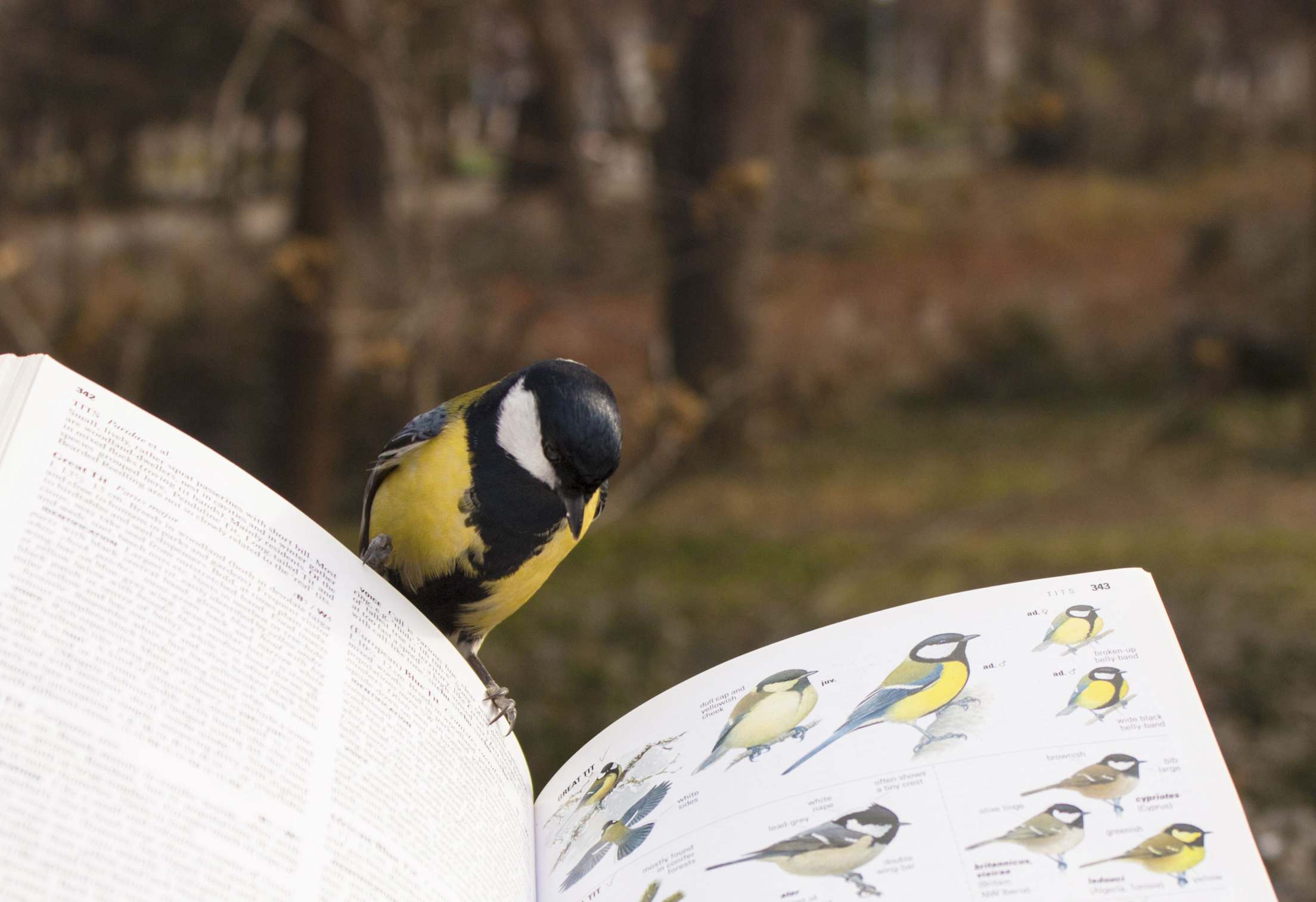
How to Identify Birds with Field Guides and Apps
After binoculars, the next most useful tool is some kind of field guide, a book or app that helps you identify the birds in a given area. Today, there are more options than ever.
As you get started with birding in your neighborhood, you might only be looking at 30 or 40 different birds at first, so aim to find a guide that focuses on your region. A comprehensive field guide to the birds of North America can feature more than 1,000 species, and all those extra birding tips could amount to clutter and create confusion. Sometimes a simple, laminated folding guide to the backyard birds of your area is all you need. (The top bird illustrator in the United States, David Allen Sibley, has well-produced guides of this kind for many states and regions.) With the number of bird descriptions reduced to 80 or so, it becomes easy to find and recognize the birds you’ve seen at a glance. This is the best way to learn about the birds around your home.
As you start to venture beyond your neighborhood and find yourself needing something more comprehensive, that might include shorebirds, waterfowl, and raptors, for example, you may choose to graduate to a full field guide in the form of either a book or a digital app. For printed guides, look for a regionally appropriate title in sources such as the Cornell Lab of Ornithology’s All About Birds series or the state-level collection of the American Birding Association. The standout starting point in the world of bird identification apps is the Cornell Lab’s Merlin Bird ID; in addition to a well-curated selection of audio clips, this free app has the best available technology for identifying birds from photographs and sound recordings.
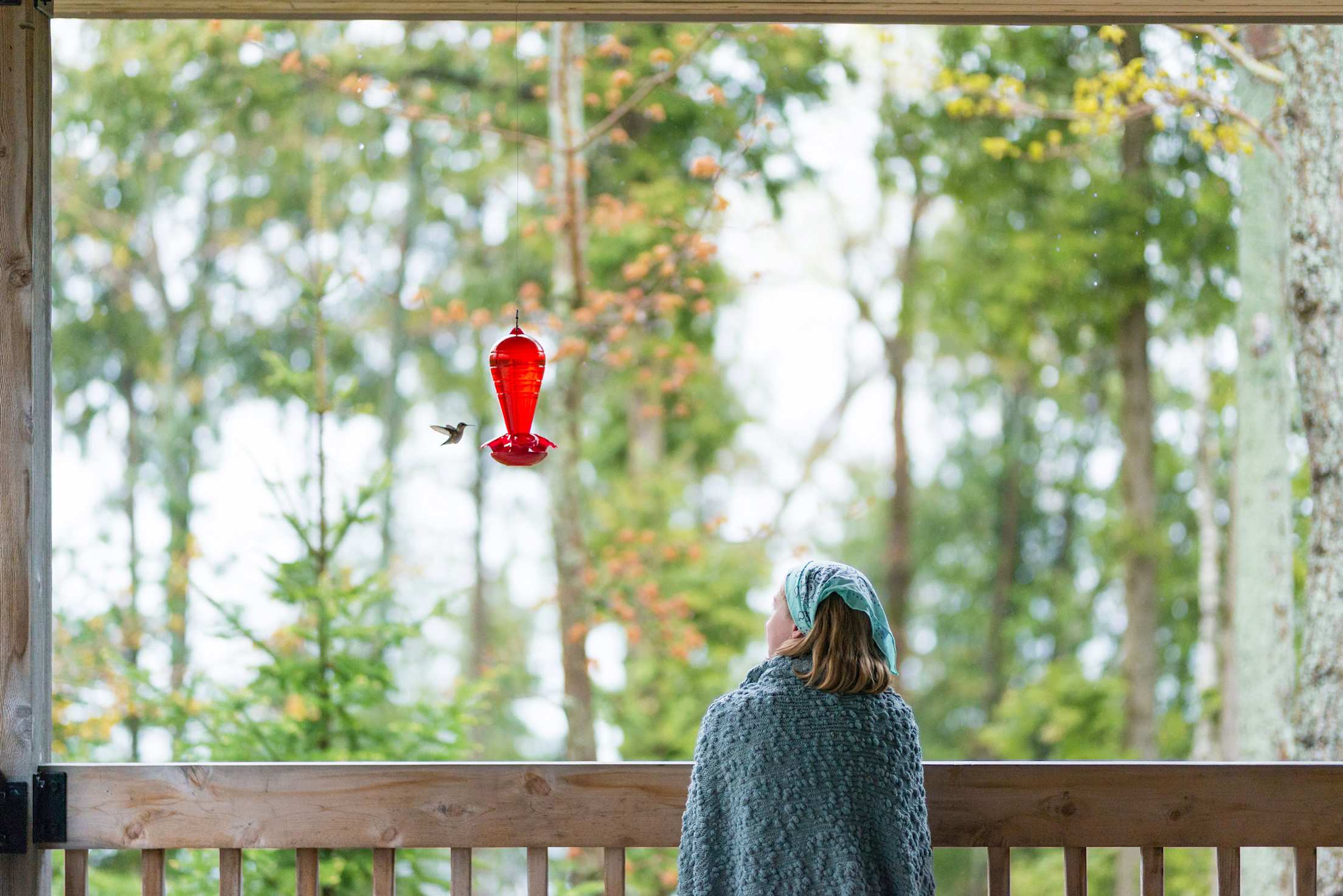
Where to Look for Birds
You have your binoculars and a field guide. Now where should you begin to look for birds? The answer is, wherever you are! One of the great pleasures of bird-watching is that birds are everywhere—no gas or admission fees required.
There are birds in wild, natural areas, of course, but there are also many species that thrive in proximity to human habitation. If you are in an urban area, visit a local park—for birds, even modest city parks serve as oases within the surrounding desert of asphalt and concrete. If you live in a lower-density area, look out the window or walk out your front door. A typical suburban yard might well see 40 different species of birds over the course of the year. While 40 birds wouldn’t impress an expert birder as an overall life list, those 40 birds can be the most rewarding to learn about and become familiar with.
Use your folding guide until you can put a name on every bird you see in your yard, neighborhood, or local park. Use an app to acquaint yourself with the calls and springtime songs of your most familiar birds, then start listening for those sounds in the real world. Notice where you see different birds: Are they high in the treetops, poking out of tangled thickets, or scratching on bare soil? Observe differences in behavior: Which birds do you see singly, which in flocks, and which in pairs? Some birds come to feeders for seeds, but others might only be seen in trees eating berries or insects. Over time, knowledge of these kinds of traits will develop into coherent and memorable characters for each bird species. Seeing a wide variety of birds is exciting, but it’s even more fulfilling to look around your particular patch of the earth and consistently encounter a world of familiar, well-known friends.
If you would like to start exploring birds more widely, there are a few shortcuts to learning fruitful sites in your area. The traditional way is to join group bird walks: Look up local parks, Audubon Society chapters, and nature shops to see who offers guided walks near you. Or you can explore the website eBird, Cornell Lab of Ornithology’s platform, which invites bird-watchers all over the world to submit their sightings to a publicly shared and easily searchable database. There are all sorts of ways you can explore this data, from looking up recent sightings at a favorite park to searching for a particular bird you’d like to encounter or viewing a month-by-month chart of the abundance of all the birds in your county.
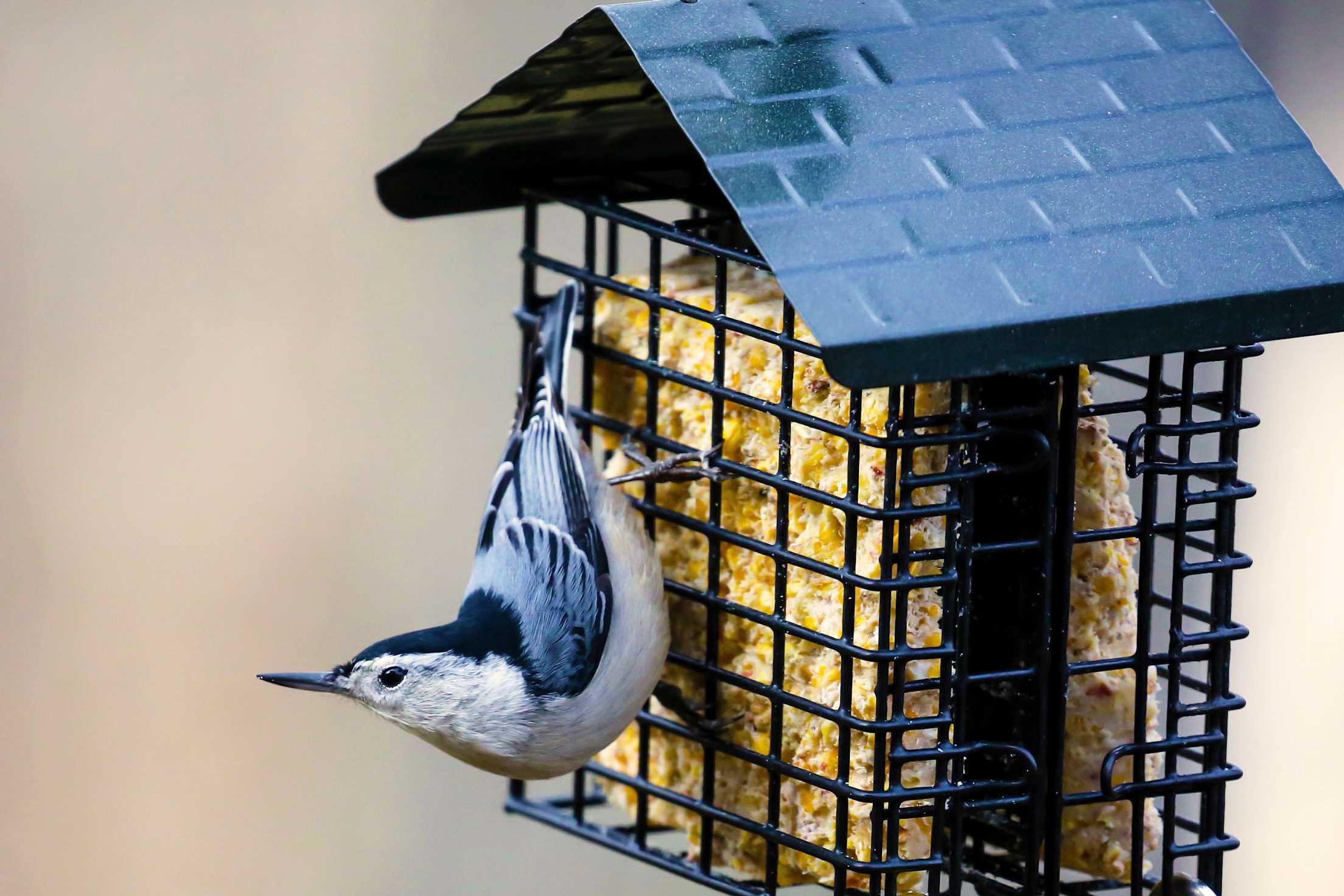
Should you feed birds?
Bird feeders offer the opportunity to bring birds repeatedly to a visible location, often closer than you can reliably see them in purely wild settings. Feeders can help reveal which birds are present in your yard and teach you a good deal about their habits in their natural life—for example, finches excel at hulling small seeds, jays collect large nuts for later consumption, and hummingbirds flick their tongues out beyond their beaks when drinking nectar.
Bird feeding is an optional activity and should be done in moderation, but it can be a life-enhancing move. If you choose to feed birds, however, it is important to be responsible and keep your feeders clean. This is vital with seed feeders that are visited by the social and relatively more disease-vulnerable finches. Hummingbird feeders are easy to clean but require refilling with fresh nectar at least once a week. Suet feeders for insect-eating birds are relatively lower maintenance, and birdhouses for spring nesting are the easiest of all, with upkeep mainly just a yearly clean-out.
To learn more about attracting birds, consult either your nearest wild bird–feeding specialty shop or the Cornell Lab’s Project FeederWatch.
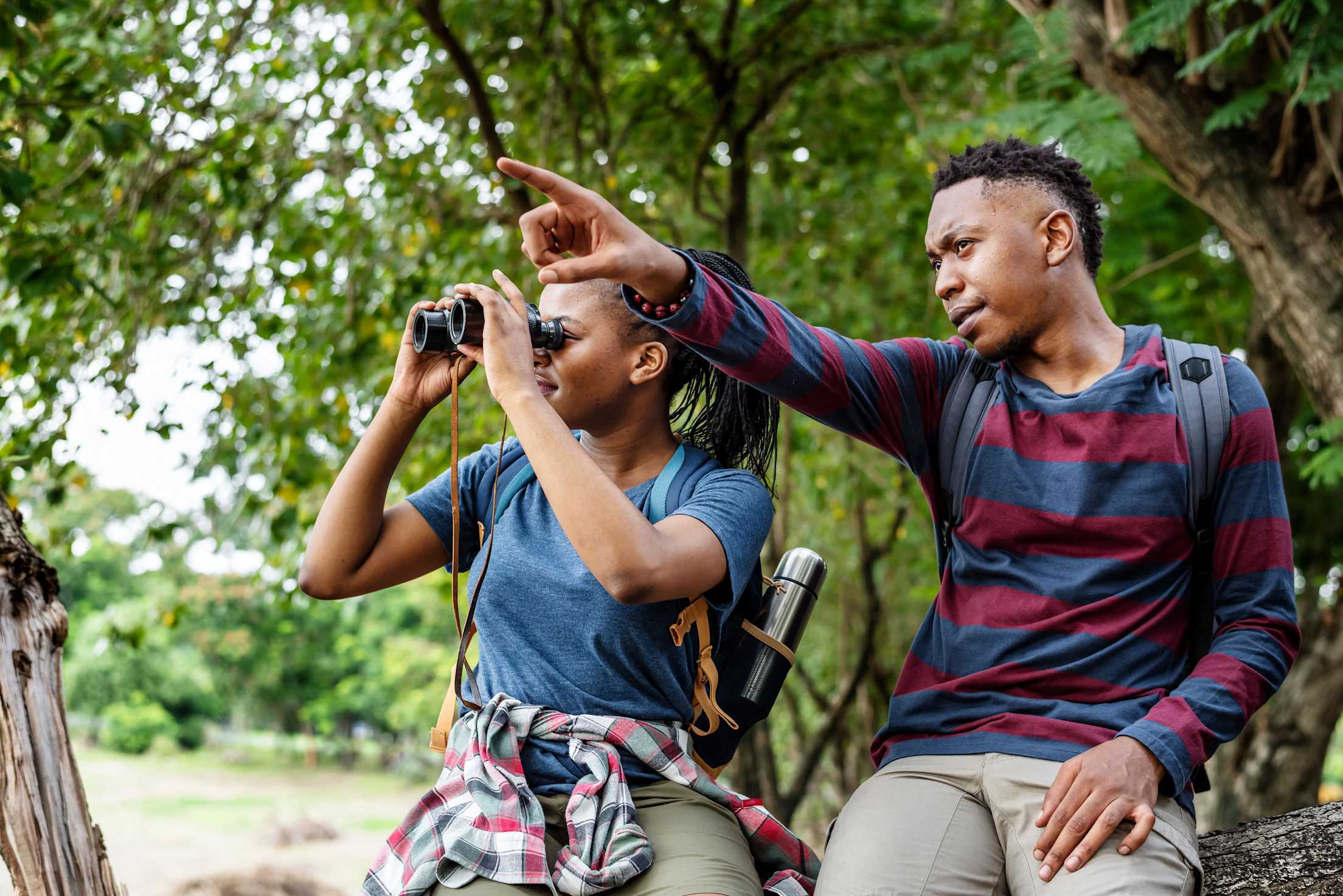
Why Watch Birds
There are myriad reasons for paying attention to birds. Bird-watching is a flexible and accessible hobby that you can enjoy anywhere with a minimum of equipment. Science- or ecology-minded people will appreciate the way connecting with birds helps us to understand and value the natural world. But the most fundamental reason to watch birds is simple: They add to the richness of life.
Bird-watching and birding have become widely known terms, but can easily lead one to think of the activity as a discretely bounded, specialized pursuit. Birding is simply watching birds, along with listening to birds, and even noticing birds. Paying attention to birds means that you will never be bored. Getting to know the birds of your town will help you to feel more deeply at home and to better appreciate the differences when you find yourself somewhere new and unfamiliar. Your life is surrounded by dozens of unique, vivid characters eager to enrich and enliven your everyday experiences: Birds are speaking everywhere, if you only stop and listen.
Jack Gedney is the author of The Private Lives of Public Birds: Learning to Listen to the Birds Where We Live, a collection of lyrical essays on the essential neighborhood birds of California and the West. Since completing his studies in literature and natural history at the University of California, Berkeley, Jack has continued to reside in the San Francisco Bay Area, where he has participated in avian research, led bird walks, and presented on birds and nature. He co-owns a wild bird feeding and nature shop in Novato, California.
Find bird feeders and food at Chewy. Members get $15 off their first order of $49 or more.